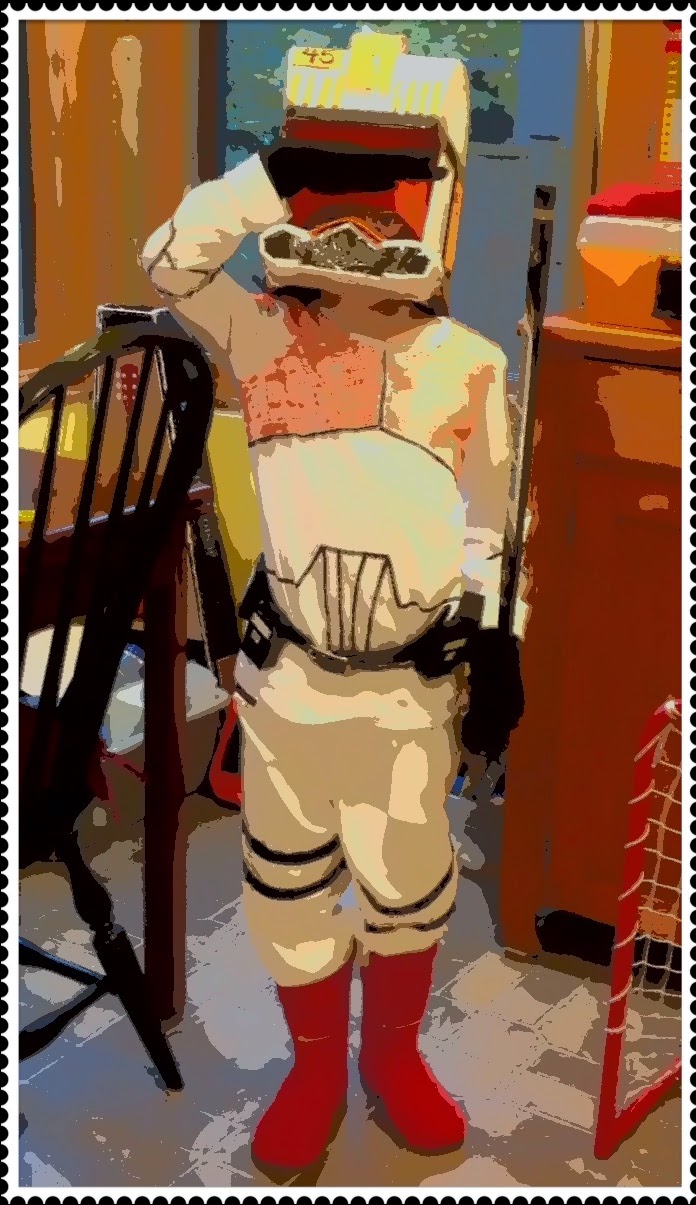“Having a sister is like having a
best friend you can’t get rid of. You know whatever you do, they’ll still be
there.”
– Amy Li
There's no special day set aside for sisters, but there should be. I have two sisters: Lynda, who is a little less than 2 years older than me, and Jen, the baby of our family of five brothers and sisters.
Lynda and I grew up together - she was my first friend, the only one who could truly say she'd known me all my life. We were one year apart in school, sharing a room, a circle of friends and a closetful of clothes (both of us were surprised to find we'd lost half our wearable outfits the year Lynda left for university: "hey, where are the fabulous bell bottoms that go with this peasant top?"). We moved in tandem, marrying a few years apart, becoming first-time moms within a couple of months of each other.
My youngest sister Jen arrived after my two brothers (Duncan & Alec). She was 9 years old when I left home for university, 14 when I got married, and just 15 when Lynda and I made her "Aunt Jen" (for the record, the coolest aunt, much younger and hipper than us). I lived far from home (as far away as England) and my perception of her as "kid sister" stayed intact until tragedy struck my young family and my daughter was treated for leukaemia at the medical centre of the university Jen was attending. Jen (and her guitar) spent many hours helping me entertain Kaylee in her isolation room, marking the turning point where we got to know each other as adults, becoming close friends as well as sisters.
“Sisters annoy, interfere, criticize. Indulge in monumental sulks, in huffs, in snide remarks. Borrow. Break. Monopolize the bathroom. Are always underfoot. But if catastrophe should strike, sisters are there. Defending you against all comers.”― Pam Brown
Last August marked another turning point for me and my sisters. Jen, now a mom with two young sons, discovered that her breast cancer (a rare variant with a poor prognosis) had returned. Devastating news. My sister Lynda and I, our children grown, set our day jobs aside and took it in turns to live in as "Aunt in Residence", back-up for Jen on the home front as she went through harsh medical treatments (good point to mention that Jen's husband Bob welcomed us in with open arms - who wouldn't want to live with all his wife's sisters?).
Nine months of highs and lows, laughter and sadness, loudness and quiet, full hearts and heartbreak. Through good times and bad, the three of us sisters together, fighting for Jen's life. If it were a movie, I'm sure we would have gotten the happy ending: the miracle treatment that turned the tide, the improbable twist of fate that would bring Jen back whole and healthy to her interrupted life ...
I'm rediscovering that life doesn't often work that way, that prayers go apparently unanswered, that good people leave their lives in the middle, that things happen out of order and outside of easy understanding. In the middle of May, cancer took Jen from all of us and life will never be the same.
Jen was well-known for her wit and sarcasm, and one of her infamous sayings was "How can I miss you if you won't go away?" ... so now how are we to stop missing her when she can't come back? I'm struggling to find some sense in all of this, to find a way to go forward without her. She was the one who always read my blog, proofed my website, acted as sounding board for educational ideas (did I mention she was a kick-a$$ math teacher?). She would want me to find some meaning.
So here goes, the list of what I do know (much briefer than my "don't know" list): Life is short. Too short for a lot of the nonsense we waste time on. Be yourself, follow your dreams, spend time on the subjects you feel passion for and with the people you care passionately about. Be kind. Don't say and do mean things. Don't hold grudges. Forgive imperfections in yourself and others, repeatedly. Laugh often. Embrace life and don't put things off. Regrets are more likely to be about what is left undone than what is attempted. Remember that we are all mortal and impermanent, and no one knows how much time they will have to do what matters most. And on that last point, your legacy is strongest in the first-person, events not usually written about in history books, ripple effects of words and actions known only to you and a few others. Your family and friends will remember you long after you are replaced in your day job.
If you live long enough, you will have to say good-bye to a lot of people. I do believe there is life after this life, so this is my "good-bye for now" message to my dearly loved sister Jen, wish I could call you up and check if you're okay in your new place.
"It's been a long day without you my friend, and I'll tell you all about it when I see you again. It's been a long way from where we began, and I'll tell you all about it when I see you again, when I see you again"
~ "See You Again" (song lyrics, Fast & Furious 7)


















